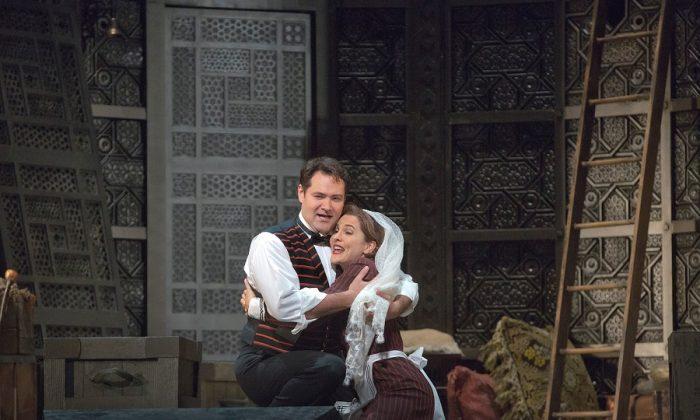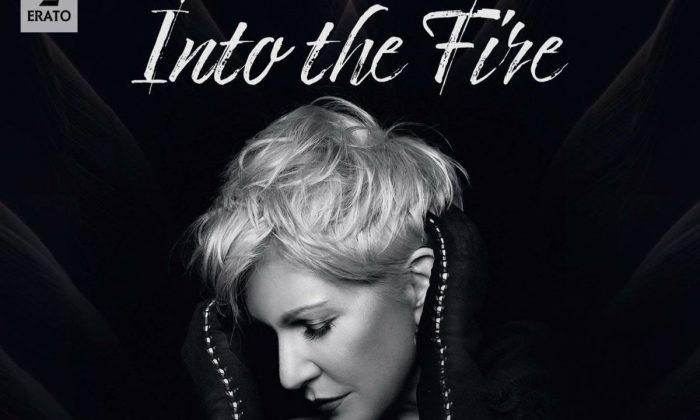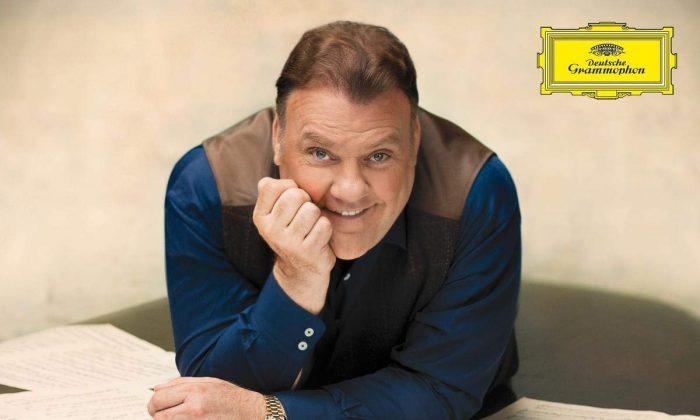Thankfully, the Metropolitan Opera resolved its labor problems and opened the season on time. With Mozart’s music, James Levine in the pit, and a top-flight cast, the season is off to a splendid start.
The first opera of the season is “Le nozze di Figaro” (“The Marriage of Figaro”), and I caught the third performance.
Pierre Beaumarchais wrote the play “The Barber of Seville” about Count Almaviva wooing and winning the hand of beautiful Rosine. The count, with the help of the wily barber Figaro, helped trick the young woman’s guardian, Doctor Bartolo.
The playwright wrote a sequel, taking place years later, when the count’s marriage is on the rocks because of his womanizing. Mozart and his librettist Lorenzo Da Ponte wrote the opera, “Le nozze di Figaro,” based on the second play.
Thirty years after the debut of Mozart’s opera, Rossini presented his opera based on “The Barber of Seville.” Both are masterpieces, but the Mozart opera is the richer work, with much comedy and also depth of feeling.
The Met’s new production was directed by Sir Richard Eyre and has a set and costumes by Rob Howell. The pair teamed up for “Carmen,” and the productions have several similarities and differences.
Both operas are set in Seville, and the time period is moved up to the 1930s. This seems right in “Carmen” since the oppressive conditions during the Spanish Civil War fit the tragic mood of the piece.
“Le nozze di Figaro” is far lighter in tone. The director has said that he was inspired by Renoir’s classic film “The Rules of the Game.” But setting “The Marriage of Figaro” in the same time period doesn’t add anything to the opera. In fact, it creates some confusion since the first night rights of the aristocracy, which Figaro fears the count will exercise, were no longer in practice by the ‘30s.
In this production, the action begins during the overture. The revolving set shows the early morning activities at Almaviva castle. The count’s latest conquest rushes onstage to get dressed. Meanwhile, the countess is sleeping, and the staff members are engaged in their morning tasks.
Figaro, now working for the count, is set to marry the countess’s maid Susanna. The count has designs on her, and the women foil him with the help of Cherubino, a teenage boy in love with all the women in the house, especially the countess.
The countess and Susanna get Cherubino (a part for a mezzo–soprano) to pose as a woman, and Eyre comes up with some nice comic touches, such as the boy’s first attempt to walk in high heels.
Also complicating matters is the appearance of Marcellina, who loaned money to Figaro and now wants him to marry her because he failed to pay her back. She is assisted by Bartolo.
It ultimately turns out that Marcellina and Bartolo are Figaro’s mother and father. When the count shows up for what he believes to be an assignation with Susanna, he discovers a woman he believes to be his wife romancing Figaro.
After the count vents his anger, the countess appears and reveals that she and Susanna had switched clothes. The countess forgives her philandering husband and the opera ends on a note of reconciliation.
The Production
At the beginning of the performance, there was an announcement that Ildar Abdrazakov (the Figaro of the production) had a cold but was performing anyway. The bass, powerful in dramatic roles, such as last season’s Prince Igor, turns out to be a deft comedian. His singing was graceful and sounded fine, despite his health problem.
Among the evening’s highlights were Abdrazakov’s “Non più andrai” (telling Cherubino all he will have to give up when the count orders the boy to join the army) and his diatribe against women, “Aprite un po' quegli occhi.”
Baritone Peter Mattei is convincing as the seductive count, and American soprano Amanda Majeski (making an impressive debut) is poignant as Countess Almaviva. She delivers lovely renditions of “Dove sono” and “Porgi, Amor.”
Marlis Petersen is a feisty Susanna, and native New Yorker Isabel Leonard is immensely appealing as Cherubino. Her “Voi, che sapete” was flawless.
Even the supporting roles are admirably played by Susanne Mentzer as Marcellina and John Del Carlo as Bartolo. Ying Fang is charming as Barbarina, another of the count’s intended victims, who forces him to allow her to marry Cherubino.
The Live in HD season continues with this production and cast of “Le Nozze di Figaro” on Saturday, October 18th at movie theaters around the world. Renée Fleming will be the host.
The cast and conductor will change in December: The conductor will be Edo de Waart; Rachel Willis-Sorensen will be the countess, Danielle de Niese will be Susanna, Serena Malfi will be Cherubino, Mariusz Kwiecien will be the count, and Erwin Schrott will play Figaro.
“Le Nozze di Figaro” runs through Dec. 20 at the Metropolitan Opera, Lincoln Center.
For tickets, call 212-362-6000 or visit metopera.org







